Google TV is the successor to Android TV, and as such, it brings fluidity, intelligence and performance options that were not available before.
Google TV: What is it?
| Google TV 4K | |
|---|---|
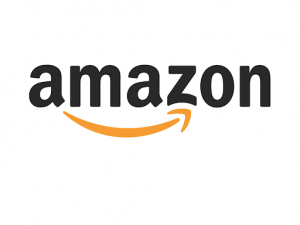 | $47.49 |
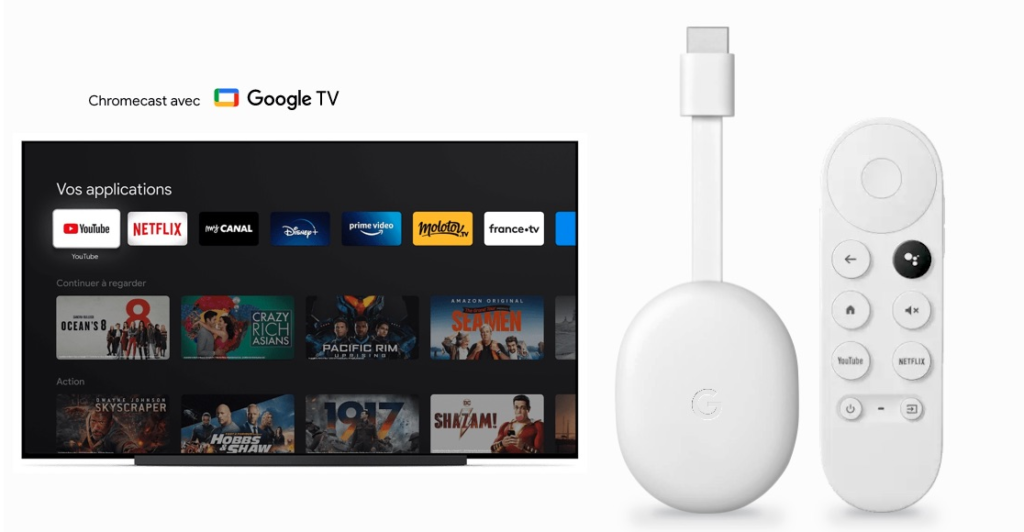
Starting with the Chromecast with Google TV in 2020, Google TV became Google’s new TV operating system and has since appeared on smart TVs and other Android streaming devices. By 2022, all new Google-based devices will likely use Google TV instead of Android TV.
To say that Google TV is a replacement for Android TV is, however, a bit incorrect. Since the underlying software of Google TV is still Android, it would be accurate to say that Google TV is the new name for Android TV.
This also means that many of the basic features you enjoyed with Android TV are still available on Google TV products. The wide selection of applications available through the Google Play Store is still available to Google TV users. And the unique functionality of the built-in Google Chromecast hasn’t disappeared either, making it easy to share content from phones, tablets and laptops to your smart TV.
Google TV vs Android TV: the biggest changes
Google has refined the Android TV experience with a greater emphasis on personalised content, personalised recommendations and features that extend beyond the living room TV, allowing you to use the Smart TV as a hub for your entire home full of connected devices.
Google TV vs Android TV: New interface
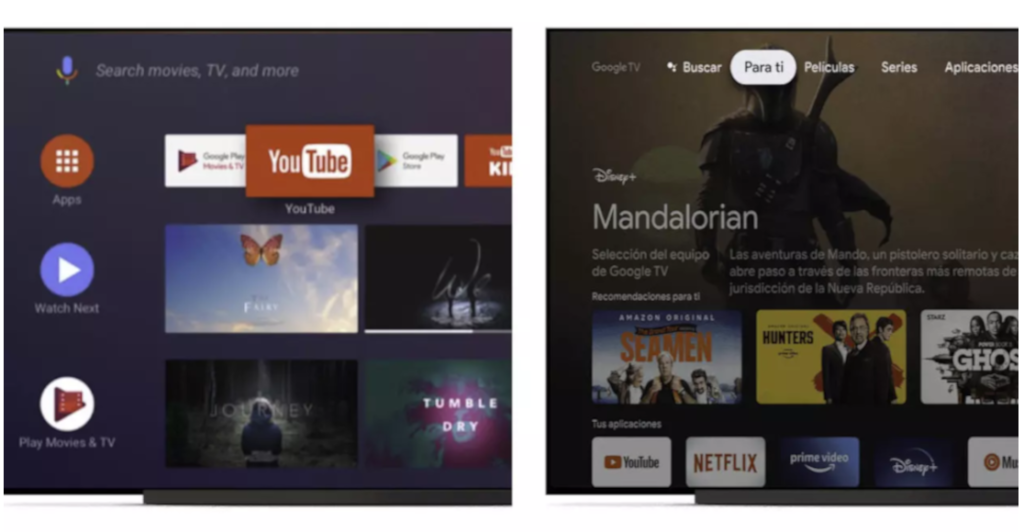
The changes between Android TV and Google TV are apparent the moment you turn on a Sony or TCL smart TV running the new Google TV software.
The biggest change is the interface, starting with the home screen. Instead of an app-centric experience, like the old Android TV interface that uses rows of apps and content suggestions, the new Google TV interface puts content first.
A large image on the home screen features highlighted recommendations, browsing movies and shows with large, beautiful, proportional photos. These recommendations are drawn from your own preferences, inspired by the streaming services you use, the shows you watch and Google’s predictive magic.
Compared to the old Android interface, which offered row after row of app drop-downs and app-specific content recommendations, the new Google TV interface looks much cleaner and easier to find something to watch without having to browse app by app.
Google TV vs. Android TV: The changes in operation
With Google TV, the focus is on live TV programming, with an entire tab dedicated to live TV. From content sources such as YouTube TV and Sling TV, you get a large on-screen channel guide showing you live content, as opposed to on-demand streaming options that can be viewed at any time.
YouTube TV and Sling TV offer dozens of live channels, so this guide gives you a great way to browse live sports, news, shows, and movies that are currently airing.
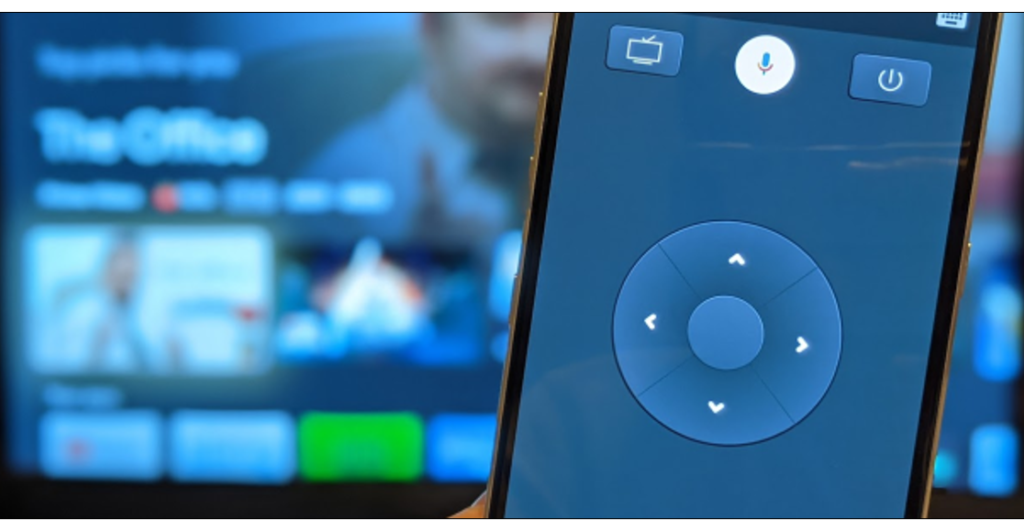
Google TV vs Android TV: The remote control changes
Taking advantage of Google’s vast ecosystem of connected devices and applications, you can use an Android phone as a remote control for your Google TV.
The addition of touchscreen and on-screen keyboards as part of the remote control also makes it easier to navigate the TV. Typing in passwords becomes easier than having to navigate a keyboard on the TV screen, and it can be better to type in a complex movie title rather than having to talk to the voice assistant who doesn’t always understand.
Google TV vs Android TV: Content according to your Google Account
Google is taking this a step further by introducing individual user profiles on Google TV.
This allows family members to get recommendations tailored to their needs, built around their own viewing habits and interests. This is a huge improvement if you want to separate one person’s recommendations from another’s Kung Fu movie suggestions.
Google TV vs Android TV: Watch list from a mobile device
Watch lists allow you to highlight movies, shows and events you want to watch.
You can create a list and customise it from any device using your Google profile. Whether it’s your phone, your laptop or even your smart speaker. Any of these Google connected devices can be used to add a show to your watch list.
Google TV vs Android TV: Parental controls and children’s profiles
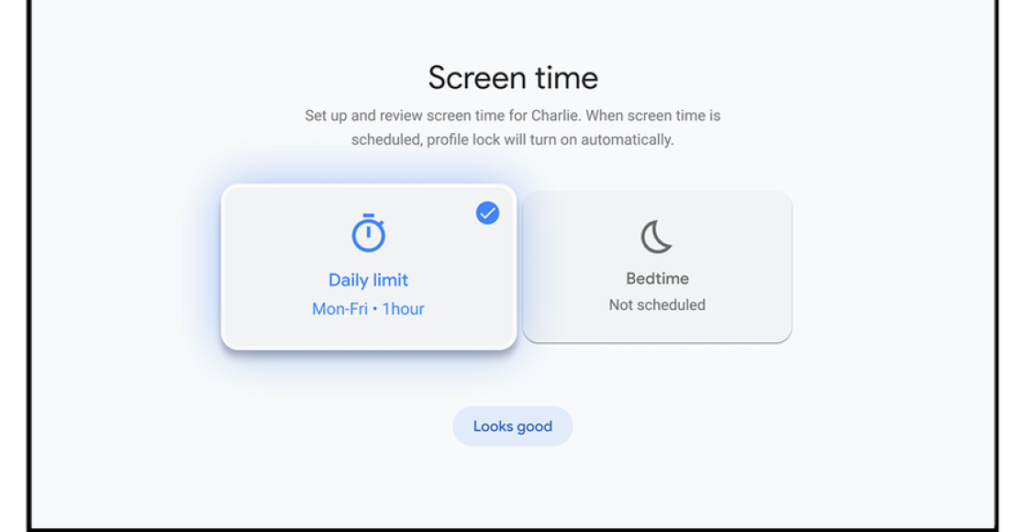
In addition to user profiles for personalised content suggestions, you can also set up profiles for children, with content filters and parental controls.
These kid profiles offer age-appropriate content recommendations, a kid-friendly home menu, and filters for apps, movies and shows that can be adjusted by parents.
Mums and dads can block individual apps and specific content, all from their phone.
You can even limit viewing to specific times and also turn everything off at bedtime.
An additional feature added to the new Google TV models is the basic TV mode. This mode effectively disables all the smart features and connectivity needed for regular smart TV use, while supporting over-the-air TV via an antenna or cable, and external devices such as media players and games consoles.
In a world where almost all TVs are smart TVs, it’s pretty cool to have the ability to disable all of this, to preserve your privacy.
Finally, the Google TV app is a central part of the Google smart TV ecosystem. At the moment it’s only available on Android, but it should be coming to other platforms soon.
Also discover :
- List of the 20 best computers for children
- Lenovo Tab Extreme vs iPad Pro M2: Which one suits you best ?
